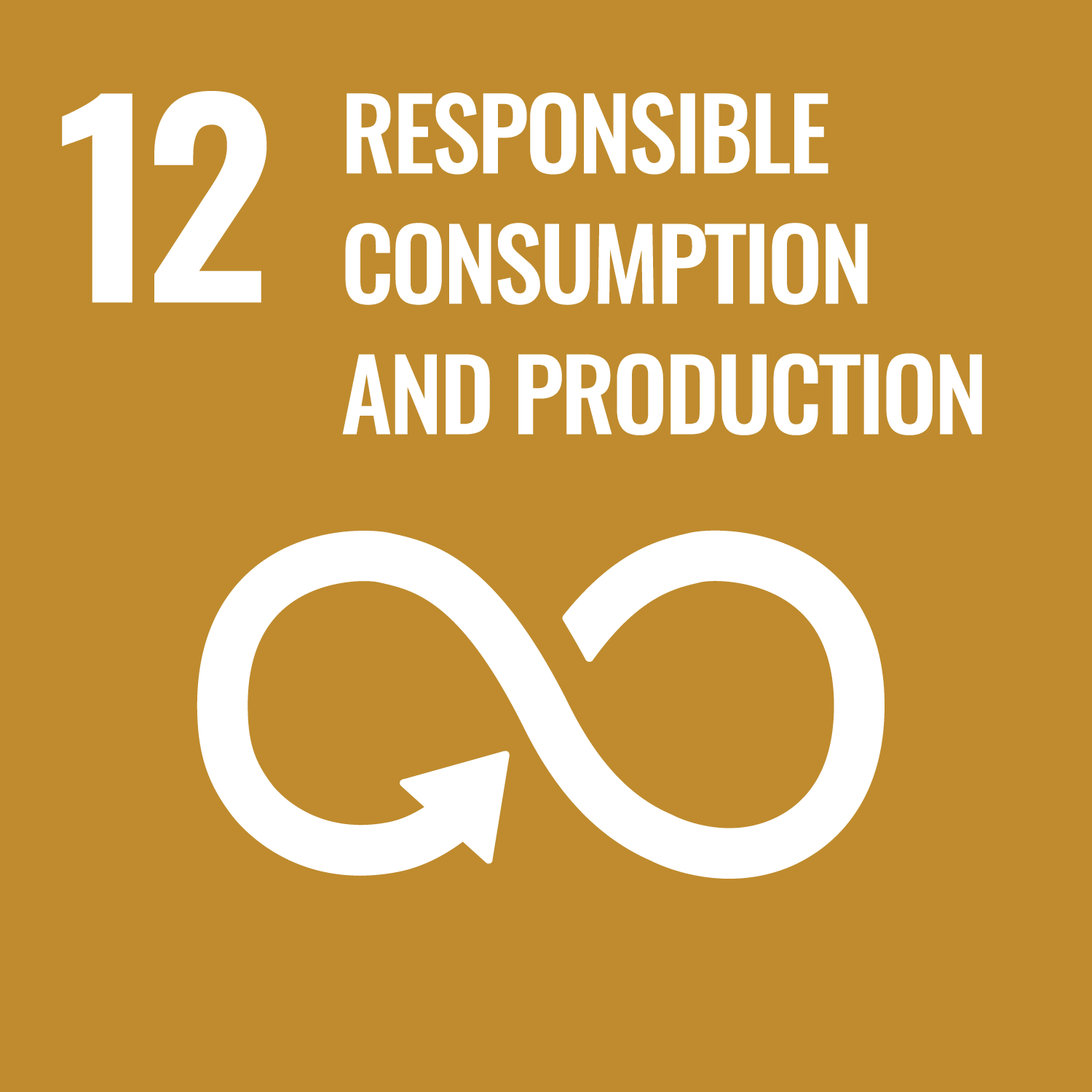‘And those who live, how shall I tell their fame?’ Historical pageants, collective remembrance and the First World War, 1919-1939
Edwardian Britain suffered from a severe bout of what contemporaries referred to as 'pageant fever'. Up and down the country, communities small and large staged theatrical re-presentations of incidents in their and the nation's past. Many historians have commented on this Edwardian enthusiasm, and specifically on the tendency to shy away from depicting more recent events in historical pageants. Fewer, however, have noted the continuing vitality of the pageant movement as a key element in cultures of informal education and the theatrical history of the interwar period. In this paper we examine how pageants after the First World War depicted the events of the conflict. Although most pageants still focused on the distant past, the war was almost a reference point, and sometimes the subject of an actual scene. We consider the evolution of depictions of the war, and the various ways in which it was considered appropriate and suitable to commemorate the events of the conflict in dramatic form. Pageants were an important and often overlooked way of conveying messages of victory, sacrifice and regret, and as such can be seen as a central feature of memorialisation and popular education during the interwar period.
| Item Type | Article |
|---|---|
| Keywords | historical pageants, World War I, memorialisation, commemoration, remembrance, theatre, performance, conflict |
| Subjects | History |
| Divisions | Institute of Historical Research > Centre for Metropolitan History |
| Date Deposited | 17 Jun 2016 15:40 |
| Last Modified | 06 Aug 2024 04:58 |
-
description - FIRST WORLD WAR PAPER FINAL REVISED VERSION.docx
-
subject - Accepted Version
-

- Available under Creative Commons: NC-ND 3.0















